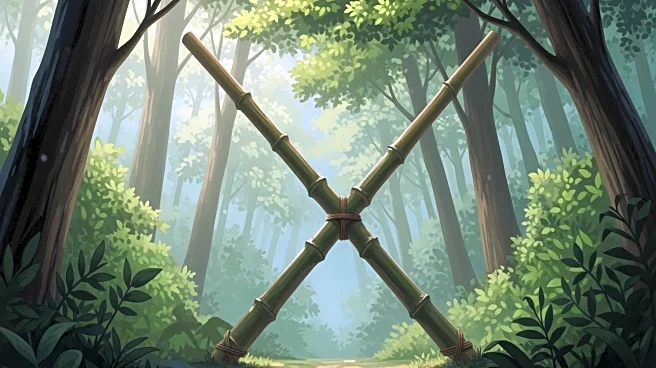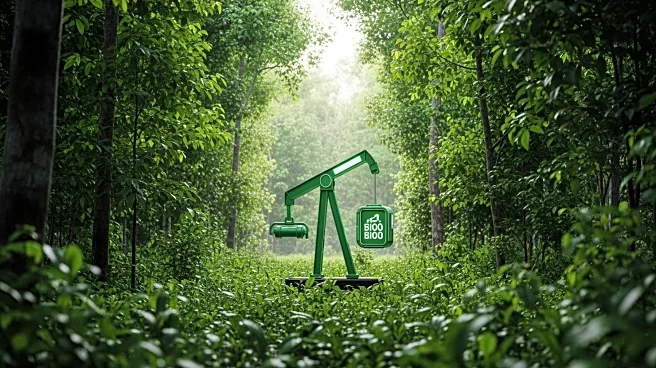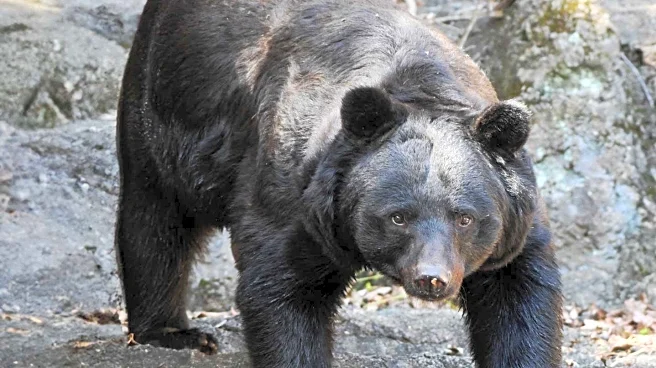What's Happening?
Japan is experiencing a record number of deadly bear attacks, with the latest incidents resulting in one death and four injuries. These attacks occurred in the northern region of Akita and the central
Toyama region. The government has pledged to implement stricter measures to address the increasing bear encroachments into towns, which are attributed to factors such as climate change and a declining human population. The environment minister has committed to strengthening measures, including securing and training government hunters and managing the bear population.
Why It's Important?
The rise in bear attacks in Japan highlights significant challenges related to wildlife management and public safety. The encroachment of bears into populated areas poses risks to residents, particularly in rural regions where human populations are declining. This situation underscores the need for effective wildlife management strategies to protect both human and animal populations. The government's response could set a precedent for how countries address similar issues related to wildlife and human interactions, especially in the context of climate change and demographic shifts.
What's Next?
Japan's environment ministry plans to enhance measures to manage the bear population and prevent further attacks. This includes training government hunters and implementing strategies to control bear movements. The effectiveness of these measures will be closely monitored, and adjustments may be made based on their impact on reducing bear encounters in populated areas. Stakeholders, including local communities and wildlife experts, will likely be involved in discussions to ensure a balanced approach to wildlife management.
Beyond the Headlines
The increasing bear attacks in Japan may have broader implications for wildlife conservation and human-wildlife coexistence. As climate change affects animal habitats and food sources, similar challenges could arise in other regions, necessitating global cooperation and innovative solutions. Additionally, Japan's aging population and rural depopulation may lead to more wildlife encroachments, prompting discussions on sustainable rural development and conservation efforts.













